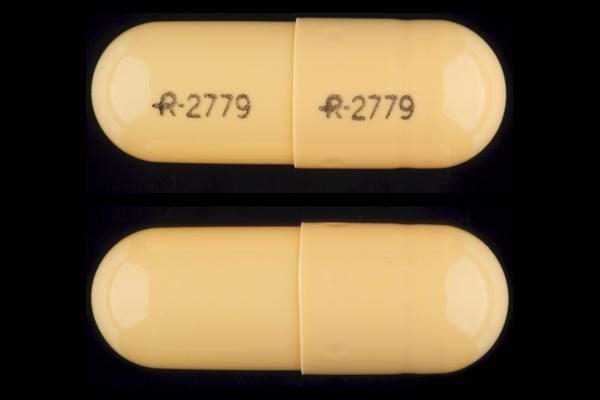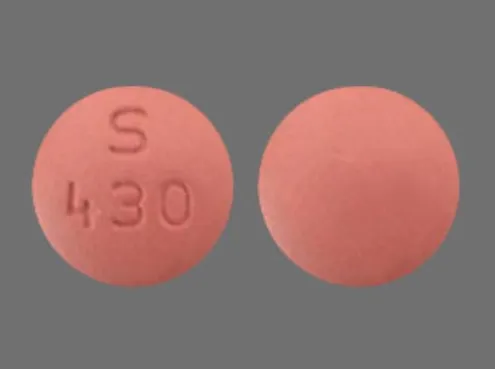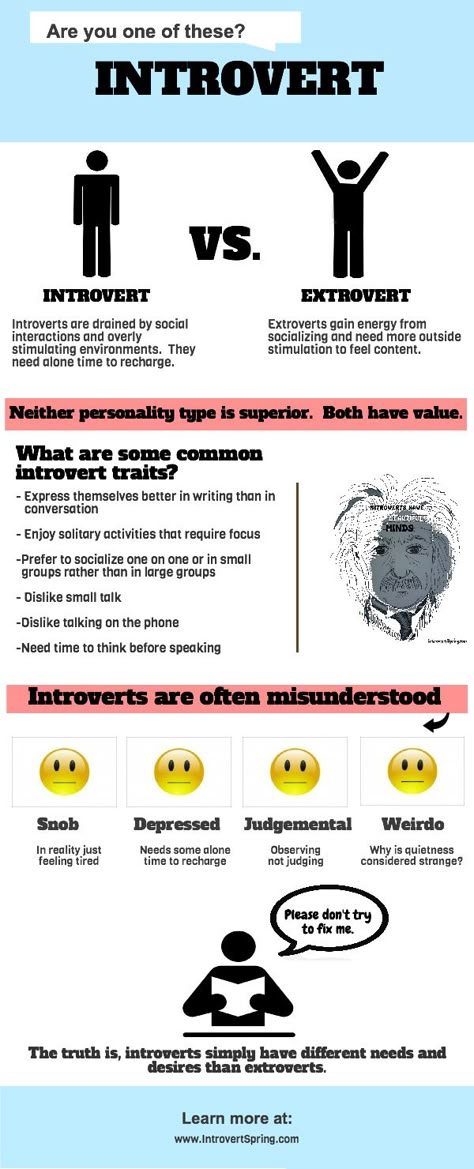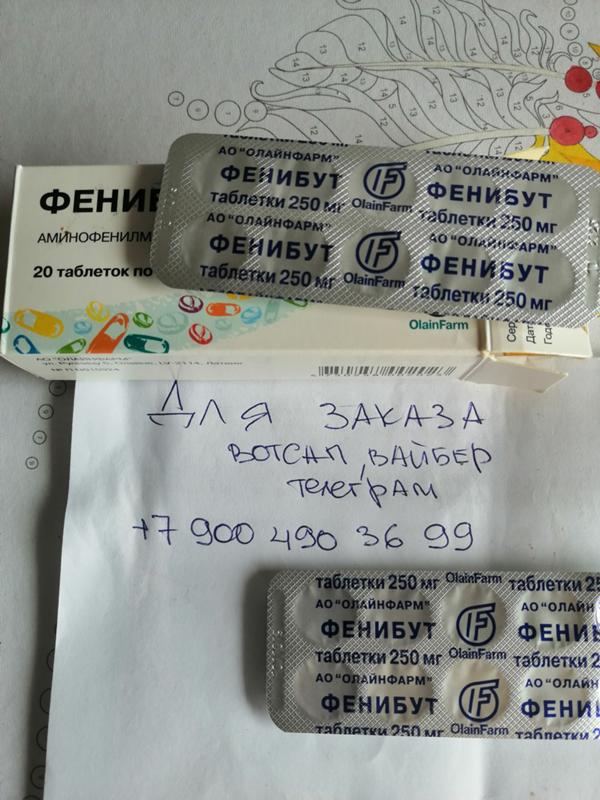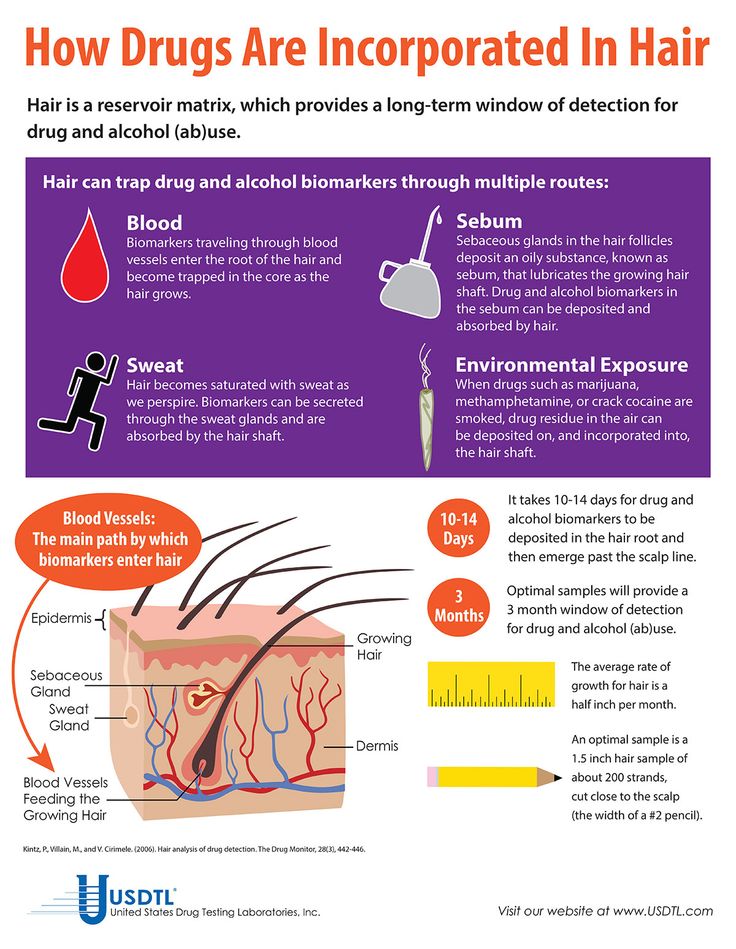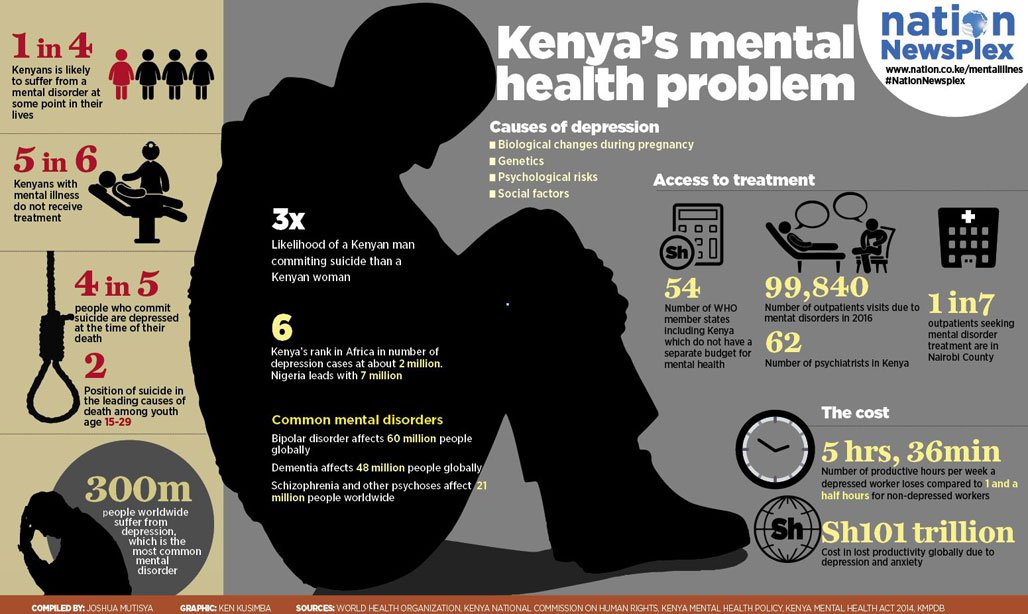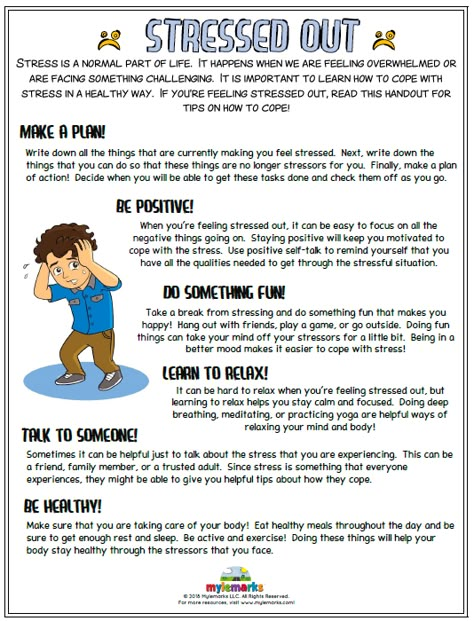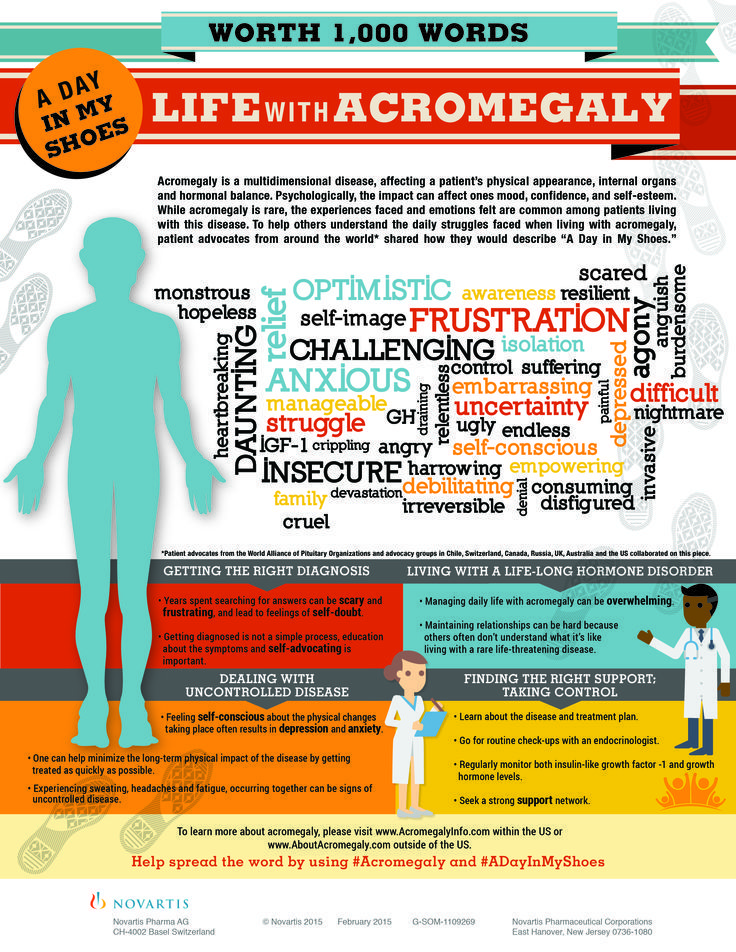Propranolol dosage for performance anxiety
What’s The Right Propranolol Dosage For Anxiety?
Most of us have experienced performance anxiety at least once.
Speaking up in a meeting to deliver an opposing opinion you know you'll get pushed back on. Promising to deliver a killer best man's speech, even though public speaking is secretly your biggest fear.
The realization that a roomful of people is waiting to watch us speak or perform can be flat-out alarming.
Rapid heartbeat, sweaty palms, rushed breathing, flushed cheeks - the list of physical symptoms that scream out to everyone around us that we're scared is endless.
Many people assume that it takes a major intervention to relieve performance anxiety during these crucial situations.
For instance, it's not all that rare to see someone sneaking in a shot of whisky before they pick up the mic. In some cases, people will even turn to anxiety medications, like Xanax, to help them keep their cool.
The problem with these "treatment options", however, is that they come with side effects that blur your concentration and make it even more impossible to focus on the delivery of your content.
Beta-blockers, on the other hand, offer short-term relief without having to sacrifice your clarity and focus.
In fact, many are surprised to learn that the typical Propranolol dosage for anxiety is actually quite low, with most doctors recommending taking a small dose of 10–20 mg one hour before a pivotal moment like a presentation, job interview, or crucial exam.
This is a fraction of the normal dosage recommended for other conditions beta-blockers are used for like migraines, high blood pressure, and heart conditions.
How Does Propranolol Work For Anxiety?
When your body goes into fight-or-flight mode as a response to stress, norepinephrine (what you probably know as adrenaline) kicks in. It sends your heart rate through the roof, makes your breathing short and shallow, and, in some of us, produces upsetting amounts of sweat.
Unfortunately, as humans, our bodies have not yet adjusted to our modern environment.
Our physical response to stress is the same, whether we’re nervous about presenting to a room full of people or facing down a hungry lion.
The physical processes designed to keep us alive and uneaten in the animal world are obstacles in a human world that rewards crisp, relaxed performances.
A high heart rate can further elevate anxiety, resulting in a negative spiral. Shallow breathing or trembling can spoil a performance, regardless of how practiced a speaker or performer is.
When you take your Propranolol dose for anxiety, however, it blocks adrenaline from impacting the way your body feels.
That helps prevent many of the physical responses to stress like high heart rate, labored breathing, and excessive sweating. The elimination of those physical symptoms helps calm many people as they prepare to perform at their peak.
How Do I Know The Right Dosage For Me?
Like we mentioned above, doctors tend to prescribe 10-20 mg of Propranolol as an off-label prescription to be taken an hour before a big moment. This micro-dose, taken only when needed, is usually enough to achieve the relief from performance anxiety that beta-blocker prescriptions provide.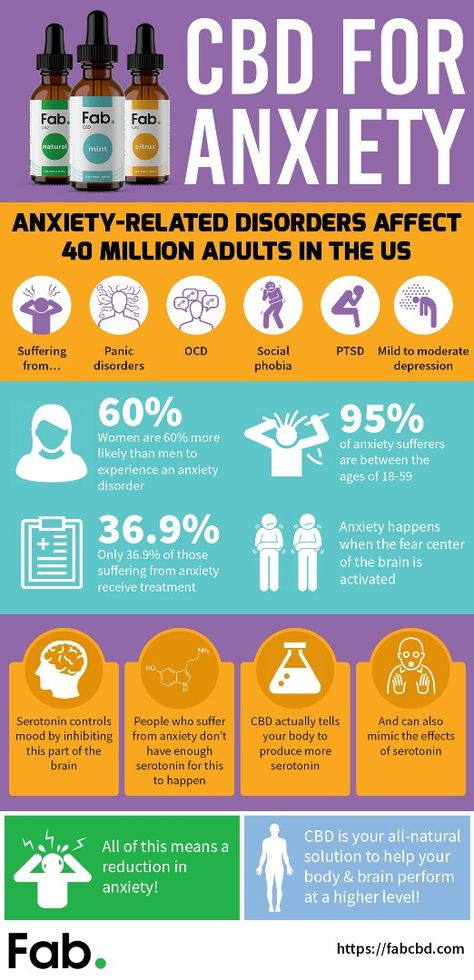
However, it’s important to give your doctor a full medical history as well as an updated list of any medications and supplements you’re taking to help figure out the right dosage for you.
As with any medication, the exact dosage will vary based on your height, weight, body composition, and a variety of other factors.
Though beta-blocker medications can cause some common side effects, taking the correct dosage recommended by your doctor can help minimize or eliminate them altogether.
Be sure to read through your treatment plan to make sure you're following full instructions from your doctor.
Though Propranolol is largely considered to be a safe medication, it simply isn't the right solution for everyone. You can complete an online visit with a board-certified doctor to discuss your performance anxiety and understand if a beta-blocker prescription is right for you.
Reviewed by Dr. Alex Dimitriu
Dr. Alex Dimitriu is a Stanford-trained physician with dual board certification in psychiatry and sleep medicine. The included content is not intended to replace medical advice. Always be sure to discuss any prescription medications with your doctor.
The included content is not intended to replace medical advice. Always be sure to discuss any prescription medications with your doctor.
A Guide On What You Need To Know
What is Propranolol used for?
Propranolol is used to treat various health conditions, including cardiovascular diseases. It’s a beta-blocker, which is a type of medicine that can manage heart rhythms.
Due to this, Propranolol can be used to relieve the physical effects and signs of anxiety (particularly social or performance anxiety), slowing a racing heartbeat and reducing sweating and trembling. This is one of the main uses of Propranolol.
There are a few different forms of Propranolol (you can take it in a tablet, a capsule, or a liquid), and it’s offered in varying dosages: your doctor or pharmacist can prescribe a dosage that suits the condition you’re treating.
Propranolol uses
Propranolol has a wide range of health uses covering both physical and mental issues.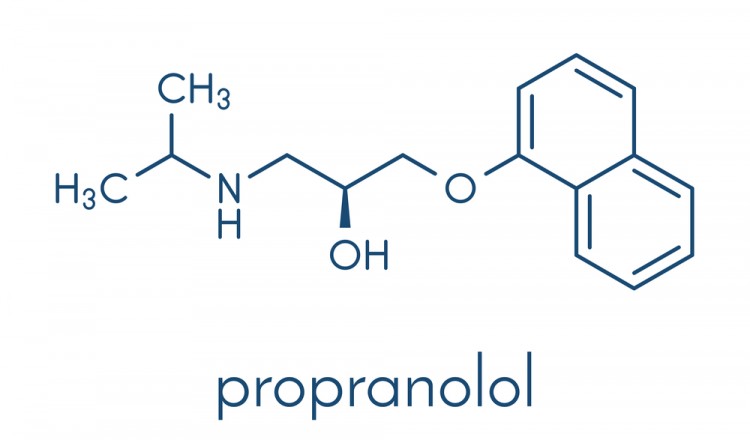 Here are some of the conditions Propranolol is used to treat and alleviate the symptoms of:
Here are some of the conditions Propranolol is used to treat and alleviate the symptoms of:
- Anxiety
- Panic disorder
- Migraine
- High blood pressure (hypertension)
- Heart rhythm disorder (fast or irregular heartbeats)
- Chest pain caused by angina
- Overactive thyroid gland
- Infantile hemangioma
This list isn’t exhaustive; Propranolol can also be used to treat other conditions and disorders that we have not mentioned above. It’s also used as a preventative measure in some cases. It can reduce the risk of suffering a heart attack or stroke, for instance.
The Propranolol dosage you should take will depend on why you need it in the first place. Your doctor or pharmacist will be able to help you with the correct dosage.
Anxiety
As we’ve mentioned above, one of the uses of Propranolol (in its 10mg tablet form) is to relieve the physical symptoms of social and situational anxiety.
Propranolol 10mg tablets will help to reduce physical anxiety symptoms including:
- Sweating
- Flushing
- Fast heartbeat
- Fast breathing (hyperventilating)
- Shaking or trembling
Propranolol will not treat the psychological symptoms of anxiety, such as feeling tense, nervous, worried or feeling a sense of dread.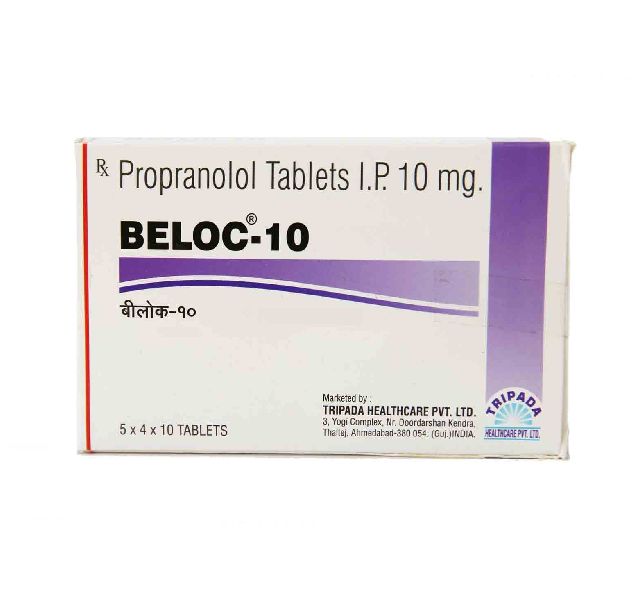 However, these psychological symptoms are often reduced by the reduced physical symptoms from propranolol.
However, these psychological symptoms are often reduced by the reduced physical symptoms from propranolol.
Migraines
Propranolol can also be taken regularly to reduce the number of migraine attacks experienced by migraine sufferers. It is the most commonly used drug of choice for migraine prevention. It is worth noting that Propranolol doesn’t reduce the severity or duration of migraines.
How does Propranolol work?
Propranolol works by slowing your heart rate and affecting your blood vessels, making it easier for your heart to pump blood around your body.
If you are feeling particularly anxious, worried or stressed about an upcoming event (such as an interview, exam or presentation at work), then you may experience anxiety symptoms such as a racing heart, sweating and flushing. By slowing down your heart rate, Propranolol can tackle the physical symptoms of anxiety and help you to feel calmer.
Propranolol also inhibits the effects of the stress hormone noradrenaline, which further combats these physical anxiety symptoms.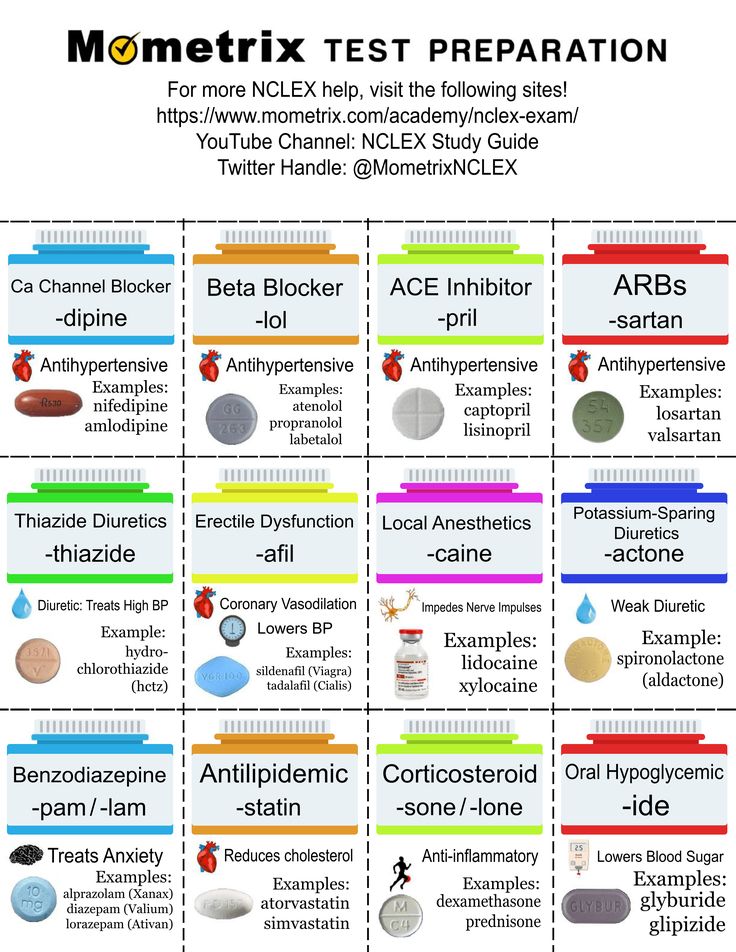
Propranolol doesn’t treat the mental symptoms of anxiety such as worry, a sense of dread or a foggy mind, but lots of people find that easing their physical symptoms with medication can also help to alleviate mental symptoms, making them less aware of how nervous they are.
Propranolol is a type of beta-blocker. Beta-blockers are medical treatments that were initially developed to treat heart problems but are now also used to help with anxiety and migraines.
Propranolol dosage
Propranolol comes in various different dosages, with each featuring a distinct concentration of the active ingredient. The dosage in a given tablet, capsule or liquid serving can range from 10mg to 160mg.
The right Propranolol dosage for anxiety will vary from person to person; if you find that 10mg is not alleviating your anxiety symptoms, you can increase your dosage to as many as four 10mg tablets before an event. You can also take this Propranolol dose for anxiety up to three times a day.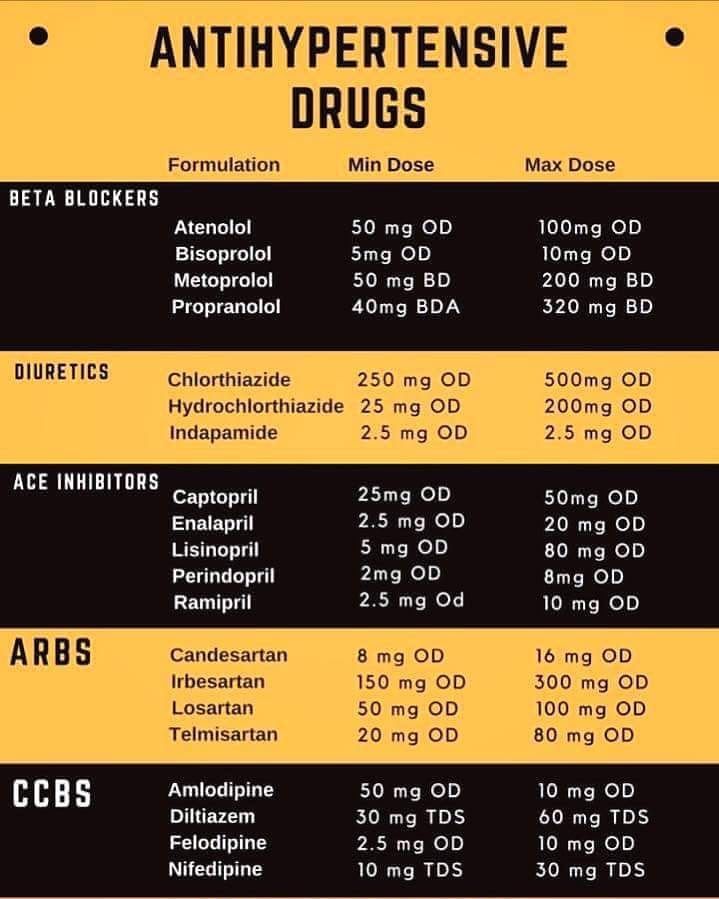
Stronger doses of Propranolol are available to decrease the frequency of regular migraines.
The typical Propranolol dosage for migraines is 40mg once or twice a day, but this can be increased to as much as 240mg daily if migraines worsen or continue.
It’s important that you do not exceed the recommended Propranolol dosage prescribed by your doctor or pharmacist for your condition. Doing so could result in unpleasant side effects, or worse, an overdose which would cause light-headedness, blurred vision and even fainting (these things stem from major reductions in heart rate and blood pressure). It could even result in severe heart problems.
If you miss a dose, take the missed tablet as soon as possible. If you can’t take that missed tablet before it’s nearly time for the following dose, though, you should forget about it and resume your regular routine. Never double your dose to make up for a missed tablet.
How quickly does Propranolol work for anxiety?
Propranolol can work very quickly to help relieve situational anxiety symptoms.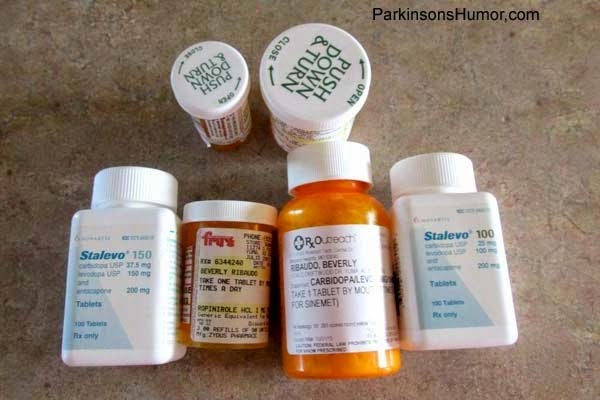 It can help to reduce peripheral symptoms such as sweating, tension and tachycardia in as little as half an hour and on some occasions, 20 minutes.
It can help to reduce peripheral symptoms such as sweating, tension and tachycardia in as little as half an hour and on some occasions, 20 minutes.
If you have a stressful situation, event or performance that you’re worried and anxious about — such as a presentation at work, an interview or an exam — then you usually need to take Propranolol about 30 to 60 minutes before.
For some people, it may take a little longer to feel the effects of Propranolol — perhaps a few hours — so it’s a good idea to test it out first, rather than using it for the first time before a situation you’re worried about.
How long does Propranolol last?
Propranolol generally lasts between three to four hours. For most people, Propranolol can provide around four hours of symptom relief.
During this time, Propranolol helps with the physical symptoms of anxiety, such as flushing, increased heart rate, shaking, and sweating. As noted, while it doesn’t alleviate the mental symptoms of anxiety (such as worry, mental fog, or mental blankness), becoming less aware of the obvious physical symptoms can lead to those mental symptoms improving.
The half-life of a medicine is the time it takes for the amount of it in your body to be reduced by half, and Propranolol has a half-life of around three to six hours. In all likelihood, it will take around one to two days for a dose to be completely out of your body, with some potential Propranolol side effects lasting that long (or even lingering longer).
Best time to take Propranolol for anxiety
The best time to take Propranolol propranolol for anxiety is dependent on a few factors.
If you are using Propranolol to combat performance anxiety, take your normal dosage (which will be between 10mg-40mg), about half an hour before the situation or event that you are worried about begins.
If you are using Propranolol for more general social anxiety during the day, then you can take it at regular intervals throughout the day. Start by taking one 10mg tablet three times per day. If you feel it is necessary, you can increase the dose to four tablets, but it’s a good idea to speak to your doctor about this.
Propranolol can be taken either with or without food, so you don’t need to worry about planning to take it around your mealtimes.
Is Propranolol good for anxiety?
Propranolol is widely acknowledged to be an effective treatment for anxiety and is generally considered safe to take for a long time. There don't seem to be any lasting harmful effects if you take it for several months or even years.
There are some cases in which it isn’t advisable to use Propranolol, though, such as if you’re pregnant, have certain medical conditions, or are already taking other types of medication.
You should also avoid mixing Propranolol and alcohol. This is because Propranolol and alcohol both serve to reduce blood pressure. As a result, you could end up with dangerously low blood pressure, leading you to experience dizziness, lightheadedness, headaches, and a range of other symptoms.
As is the case with all medicines, there are some possible side effects to be aware of. With that said, side effects are rare and normally mild; many users experience only minor side effects or no side effects at all.
With that said, side effects are rare and normally mild; many users experience only minor side effects or no side effects at all.
These are some of the most common side effects associated with taking propranolol:
- Problems sleeping
- Nightmares
- Cold hands
- Tiredness
- Dizziness
- Cold feet
If you stop taking the medication suddenly, you could experience these withdrawal symptoms:
- An irregular heartbeat
- Chest pain
- Sweating
- Shaking
It should also be noted that Propranolol isn’t generally recommended for patients with peripheral vascular disease. This is because it’s been reported that beta-blockers can worsen the symptoms of intermittent claudication.
You should consult your doctor if you experience any side effects when taking Propranolol.
Summary
Propranolol is a type of prescription-only medicine called a beta-blocker. It’s used to treat anxiety and a range of other health conditions including heart problems and migraines.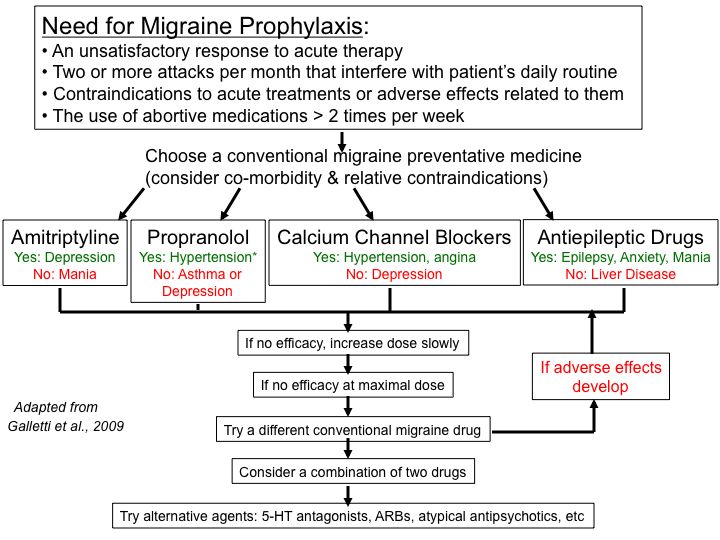
Propranolol comes in different strengths: the dosage you should take will depend on the health condition you are treating.
Low doses of Propranolol can be used to help treat performance or situational anxiety by reducing physical symptoms including flushing, shaking, sweating, and an elevated heart rate. Propranolol can work very quickly to relieve these symptoms (taking effect in between 30 and 60 minutes) and can last for around three to four hours.
Sources
- Propranolol 10mg Tablets Patient Information Leaflet: https://www.medicines.org.uk/emc/product/2903/pil
- https://www.nhs.uk/medicines/propranolol/
- https://bnf.nice.org.uk/drug/propranolol-hydrochloride.html
- https://www.mind.org.uk/information-support/types-of-mental-health-problems/anxiety-and-panic-attacks/about-anxiety/
- https://www.nhsinform.scot/illnesses-and-conditions/mental-health/
- https://www.mentalhealth.org.uk/a-to-z/a/anxiety
- https://www.
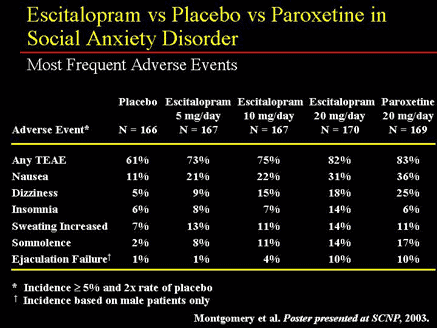 gokick.com/blog/beta-blockers-faq/how-long-does-propranolol-last/
gokick.com/blog/beta-blockers-faq/how-long-does-propranolol-last/
Related Guides
Anxiety
Everything You Need To Know About Propranolol and Alcohol
Anxiety
Propranolol Side Effects: What To Expect From the Anxiety Medication
Anxiety
How To Improve Mental Health: Looking After Your Wellbeing
Find more guides
Authored by
Scott is one of the two founders of The Independent Pharmacy. He is a registered pharmacist and the registered manager of our service with the CQC.
Reviewed by
Andy is a co-founder and the Superintendent Pharmacist and Director at The Independent Pharmacy.
- Review Date:
- Next Review:
- Published On:
- Last Updated:
Need something else?
We stock 650 treatments for 85 conditionsSearch for a condition or treatment
Or browse all treatments or conditions
Propranolol for anxiety: does it work?
Disclaimer
If you have any medical questions or concerns, please contact your doctor. Articles in the Health Guide are based on peer-reviewed research and information from medical societies and government agencies. However, they are not a substitute for professional medical advice, diagnosis or treatment.
Articles in the Health Guide are based on peer-reviewed research and information from medical societies and government agencies. However, they are not a substitute for professional medical advice, diagnosis or treatment.
If you suffer from severe stage fright or social anxiety, you may be prescribed propranolol to relieve symptoms. nine0005
Originally developed to relieve chest pain associated with heart disease, propranolol is primarily used to treat or prevent conditions including atrial fibrillation, high blood pressure (hypertension) and migraines (Srinivasan, 2019).
Propranolol, also sold under the brand name Inderal, belongs to a class of drugs called beta-blockers that help lower heart rate and lower blood pressure by blocking hormones such as adrenaline (AHA, 2020). nine0005
Vitals
- Propranolol may be prescribed off-label to relieve symptoms of social anxiety such as stage fright or public speaking anxiety.
- Propranolol is most commonly used to treat high blood pressure and other heart conditions.

- This medicine may cause side effects including dizziness, nausea, dry eyes, rash, diarrhea and sexual dysfunction.
- People living with comorbid conditions, including lung disease, diabetes, or liver disease, should be careful or avoid taking propranolol as it can lead to serious side effects. nine0016
Because propranolol is so effective in reducing some of the symptoms associated with anxiety - such as sweating and heart palpitations - it is sometimes used for performance anxiety or stage fright (Srinivasan, 2019). Here's what you need to know about propranolol, its side effects, and how the drug is used for anxiety.
What is propranolol?
Propranolol (brand name Inderal) is a prescription drug. used to treat and manage cardiovascular disease, as well as a variety of other conditions such as migraine, essential tremor, and pheochromocytoma, a type of tumor that develops in the adrenal glands above the kidneys (Srinivasan, 2019).
Advertisement
Roman Daily - Men's Multivitamin
Our team of in-house physicians created Roman Daily to address common nutritional deficiencies in men with science-based ingredients and dosages.
Learn more
Because the drug lowers blood pressure, which reduces the workload on the heart, it is also sometimes prescribed off-label (that is, for use not officially approved by the US Food and Drug Administration (FDA) to relieve symptoms of performance and social anxiety). phobias. nine0005
And if you've ever experienced performance anxiety, you're well aware of the symptoms: palpitations, clammy hands, feeling like you might vomit. To suppress symptoms, for example, before a public performance or musical performance, a healthcare provider may recommend taking a beta-blocker beforehand (Srinivasan, 2019).
Propranolol is available as immediate and extended release oral tablets, as well as intravenous injection or liquid form for those who have difficulty swallowing tablets. It is available in dosages of 10, 20, 40, 60 and 80 mg. An extended release version can be found in higher doses of 120mg and 160mg. nine0005
Dosages will vary depending on what it is prescribed for.-Tab-40mg-UK-2.jpg) The extended release propranolol is taken once a day, while the immediate release version can be taken 2-4 times a day. Propranolol is available by prescription only and costs anywhere from $9 to $33 for a 30-day supply.
The extended release propranolol is taken once a day, while the immediate release version can be taken 2-4 times a day. Propranolol is available by prescription only and costs anywhere from $9 to $33 for a 30-day supply.
In addition to being an off-label use for social anxiety, propranolol is also an FDA-approved treatment (FDA, 2010):
- High blood pressure
- Chest pain (angina pectoris)
- Atrial fibrillation K a heart condition that causes an irregular heartbeat (AHA, 2016).
- Heart attack (myocardial infarction)
- Migraine
- Essential tremor : An involuntary movement or tremor of the body that is not caused by another disease that most commonly affects the hands and is more common with age. nine0016
- Hypertrophic obstructive cardiomyopathy (HOCM): Historically known as hypertrophic subaortic stenosis, HOCM is a genetic disorder that hits the wall separating the left and right sides of the heart (Nishimura, 2017).
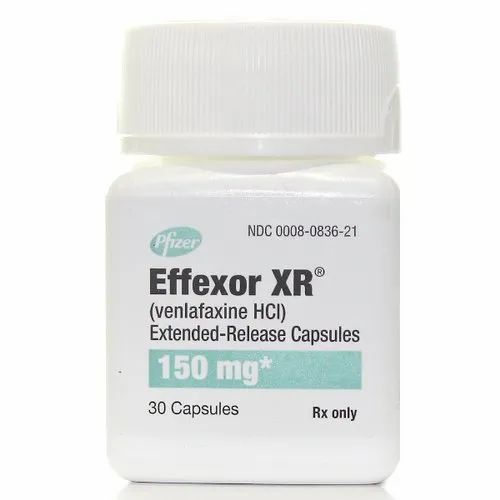 HOCM causes abnormal wall thickening and can lead to sudden death in young adults. Beta-blockers are often used to stabilize the heart rate and relieve symptoms of HOCM such as chest pain, shortness of breath, and dizziness. nine0016
HOCM causes abnormal wall thickening and can lead to sudden death in young adults. Beta-blockers are often used to stabilize the heart rate and relieve symptoms of HOCM such as chest pain, shortness of breath, and dizziness. nine0016 - Pheochromocytoma: A rare tumor that appears in the adrenal glands.
Beta blockers: how they are used to treat heart disease
4 minute read
Side effects of propranolol
Propranolol carries an FDA black box warning, which means it has serious or life-threatening risks if used incorrectly (FDA , 2010). Stopping this drug suddenly can lead to chest pain or even a heart attack - do not stop taking propranolol without talking to your doctor. nine0005
Here are some of the most common side effects of propranolol (DailyMed, 2019):
- Dizziness or lightheadedness
- Abdominal pain
- Nausea, vomiting and diarrhea.
- Fatigue
- Dry Eyes
- Changes in mood
- Tingling in the hands
- shortness of breath, wheezing or cough
- Sexual dysfunction
less common, but more serious adverse reactions to pro -Prahnol were included low blood pressure, reducing the level of sugar in blood , severe allergic reactions, and bradycardia, where the heart rate drops too low, leading to dizziness, fainting, fatigue, and chest pain.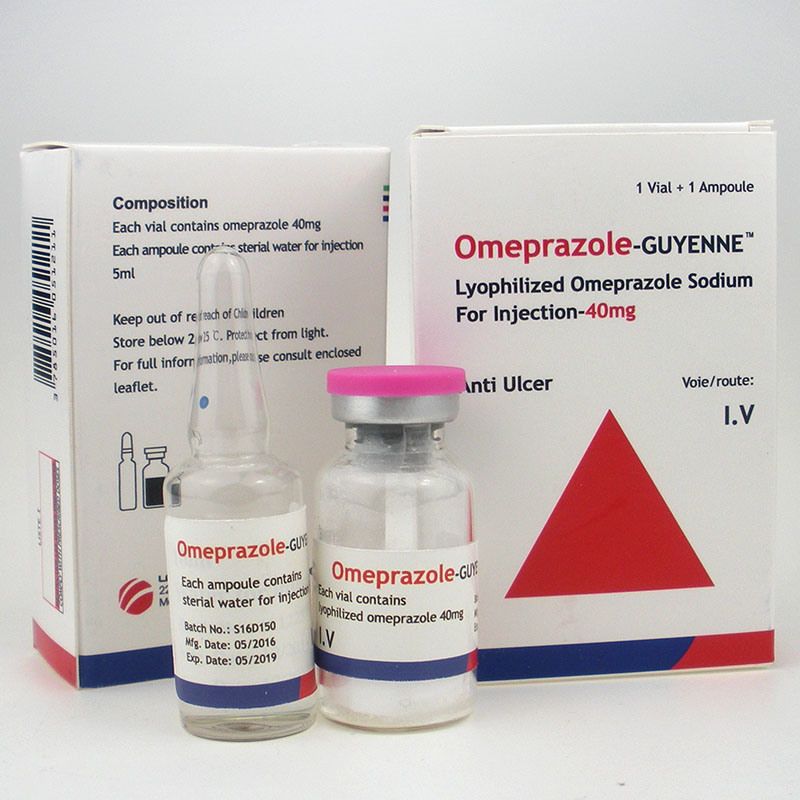 nine0005
nine0005
Propranolol may also mask the symptoms of other diseases. For example, it may mask signs of hypoglycemia (low blood sugar) in people with diabetes; when blood sugar levels are too low for a long time, seizures and even death can occur.
Beta-blockers can also mask the symptoms of hyperthyroidism (when your body produces excess thyroid hormone), which can lead to thyroid storm, a condition in which heart rate and blood pressure can spike to fatal levels. Propranolol can also worsen other underlying conditions, including heart failure and lung disease. nine0005
What are the side effects of propranolol?
6 minutes to read
Propranolol interactions
Propranolol interacts with hundreds of drugs, some of which are mild and others are severe. Here are some of the major drug interactions to be aware of (FDA, 2010):
- Drugs affecting the cytochrome P-450 system: Propranolol is broken down in the liver by the P-450 system.
 When taken with other drugs that affect this system, propranolol levels in the body may be too high or too low. Examples of these drugs include cimetidine, fluconazole, and fluoxetine. nine0016
When taken with other drugs that affect this system, propranolol levels in the body may be too high or too low. Examples of these drugs include cimetidine, fluconazole, and fluoxetine. nine0016 - Antiarrhythmics: These drugs affect heart rate and may increase the risk of side effects when taken with propranolol. Common antiarrhythmic drugs include amiodarone, digoxin, lidocaine, propafenone, and quinine.
- Calcium channel blockers: Propranolol also increases the risk of side effects such as low blood pressure and slow heart rate when taken with certain calcium channel blockers. Examples include: diltiazem, nicardipine, nisoldipine, nifedipine and verapamil. nine0016
- Migraine medicines: Propranolol increases the concentration of the migraine medicines zolmitriptan or rizatriptan when taken together.
- Blood pressure medicines: The effects of medicines used to lower blood pressure, such as alpha-blockers or angiotensin-converting enzyme (ACE) inhibitors, are increased when taken with propranolol, causing blood pressure to drop too much.
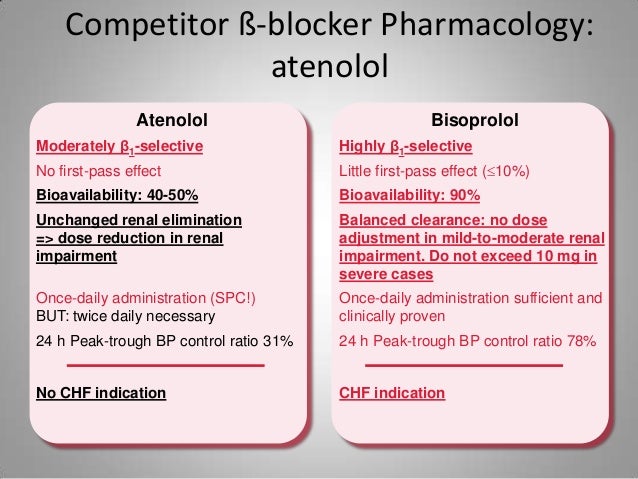 Examples include: doxazosin, enalapril, lisinopril, prazosin and terazosin. nine0016
Examples include: doxazosin, enalapril, lisinopril, prazosin and terazosin. nine0016 - Theophylline: This drug is known as a bronchodilator used to treat lung conditions such as asthma. If taken with propranolol, the effects of theophylline may be reduced.
- Diazepam: Diazepam, sold under the brand name Valium, is used to relieve symptoms of anxiety. Propranolol increases the levels of diazepam in the body, which also increases the risk of side effects.
- Medicines for high cholesterol: Some cholesterol medicines can lower the level of propranolol in the body, and vice versa. Medicines to be aware of include:
- Monoamine oxidase inhibitors (MAOIs) : This group of drugs is used to treat depression and other conditions. Taking an MAOI with propranolol may increase the risk of side effects. Types of MAOIs are isocarboxazid, phenelzine, selegiline, and tranylcypromine.
- Warfarin: Warfarin is a medicine that prevents blood clots.
 When combined with propranolol, warfarin levels can increase in the body and increase the chance of bleeding. nine0016
When combined with propranolol, warfarin levels can increase in the body and increase the chance of bleeding. nine0016 - Nonsteroidal anti-inflammatory drugs (NSAIDs) : NSAIDs help with pain and inflammation. However, they may reduce the effectiveness of propranolol; examples of NSAIDs include naproxen and ibuprofen.
- Alcohol: Drinking alcohol while taking propranolol may increase the risk of side effects such as dizziness and fatigue.
This is not the whole list of medicines that can interact with propranolol. Tell your doctor about all the medicines you are taking before starting treatment with propranolol. nine0005
Who should not take propranolol
There are certain groups of people who should be careful when taking propranolol and others who should not take it at all. Propranolol can worsen conditions - including heart failure, liver disease, myasthenia gravis (a disease that causes muscle weakness), kidney disease, and circulatory-related diseases such as peripheral vascular disease or Raynaud's disease - and should be taken with caution (FDA, 2010 ).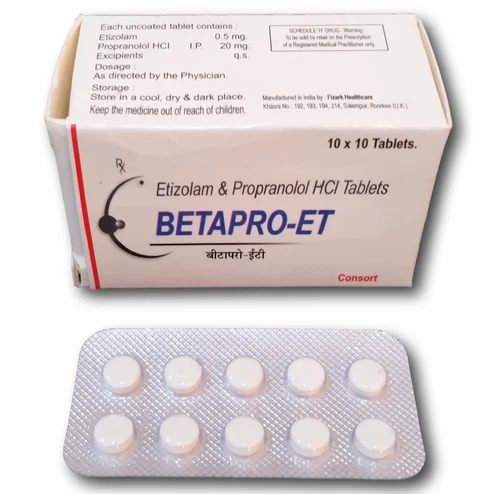 nine0005
nine0005
Other risk groups include people living with diabetes, bradycardia (slow heart rate) and low blood pressure. People with lung conditions such as asthma, emphysema, or chronic obstructive pulmonary disease (COPD) should avoid taking this drug. There is still not enough research on whether propranolol is safe for pregnant women. If you are breastfeeding, check with your doctor before using this medication as it has been found to pass into breast milk (FDA, 2010). nine0005
Whether you're taking propranolol for anxiety or high blood pressure, lifestyle changes can also improve your overall health. Quitting smoking, exercising regularly, eating well, and managing stress are all ways to help reduce anxiety symptoms and keep your heart healthy.
Recommendations
- American Heart Association (AHA) - angina pectoris (chest pain). (2015). Retrieved 20 October 2020 https://www.heart.org/en/health-topics/heart-attack/angina-chest-pain
- American Heart Association (AHA) - Cardiac drugs.
 (2020). Retrieved 20 October 2020 https://www.heart.org/en/health-topics/heart-attack/treatment-of-a-heart-attack/cardiac-medications#beta
(2020). Retrieved 20 October 2020 https://www.heart.org/en/health-topics/heart-attack/treatment-of-a-heart-attack/cardiac-medications#beta - American Heart Association ( AHA) - What is atrial fibrillation. (2016). Retrieved October 20, 2020 https://www.heart.org/en/health-topics/heart-attack/angina-chest-pain
- Centers for Disease Control and Prevention (CDC) - Estimating Prevalence, Treatment and control of hypertension among adults in the United States. (2020). Retrieved October 21, 2020 from https://millionhearts.hhs.gov/data-reports/hypertension-prevalence.html
- DailyMed - propranolol hydrochloride capsule. (2019) Retrieved 20 October 2020 from https://dailymed.nlm.nih.gov/dailymed/drugInfo.cfm?setid=8efc9fc6-6db0-43c9-892b-7423a9ba679f
- Dezsi, C.A., & Szentes, V. (2017). The real role of β-blockers in daily cardiovascular therapy. American Journal of Cardiovascular Drugs, 17(5), 361-373. 10.1007/s40256-017-0221-8. Retrieved from https://pubmed.
 ncbi.nlm.nih.gov/28357786/
ncbi.nlm.nih.gov/28357786/ - National Institute of Neurological Disorders - Tremor Fact Sheet. (2020). Retrieved 22 October 2020 from https://www.ninds.nih.gov/Disorders/Patient-Caregiver-Education/Fact-Sheets/Tremor-Fact-Sheet
- National Organization for Rare Diseases (NORD) - Pheochromocytoma. (there is no data). Retrieved October 22, 2020 from https://rarediseases.org/rare-diseases/pheochromocytoma/
- Nishimura, R.A., Seggwiss, H., and Schaff, H.W. (2017). Hypertrophic obstructive cardiomyopathy. Circulation Research, 121, 771-783. https://doi.org/10.1161/CIRCRESAHA.116.309348
- Srinivasan, A. V. (2019). Propranolol: a 50-year perspective. Annals of the Indian Academy of Neurology, 22(1), 21-26. https://dx.doi.org/10.4103%2Faian.AIAN_201_18
- US Food and Drug Administration (FDA): Inderal Tablets (propranolol hydrochloride) (2010). Retrieved 20 October 2020 from https://www.accessdata.fda.gov/drugsatfda_docs/label/2011/016418s080,016762s017,017683s008lbl.
 pdf
pdf - Virani, C.S., Alonso, A., Benjamin, E. J., Bittencourt, M. S., Callaway, C. W.,… Cao, C. W. (2020). Heart Disease and Stroke Statistics - 2020 Update: Report from the American Heart Association. Circulation, 141, 139-596. https://doi.org/10.1161/CIR.0000000000000757
Learn more
City Ambulance Station of St. Petersburg | 404
Reception of calls from the population by phone: 03
(from mobile phone: 103 )
GSSMP 404 - Sorry, the document did not find
The system cannot find a page ... Perhaps you need to go in to your account, but first check the full site resource map:
- GSSMP
- Duplicate of GSSMP
- Paid services
- Vacancies
- Doctor anesthesiologist-resuscitator of mobile ambulance team of anesthesiology-resuscitation
- Psychiatrist of mobile psychiatric ambulance team
- List of documents required for employment
- Photo gallery
- Video
- Contacts
- Official information nine0015 Executives
- Historical note
- Structure of the GSSMP
- Head physician
- Administration
- Central Substation
- Emergency Medical Evacuation Center
- Substations
- Central Substation
- Line substation No.
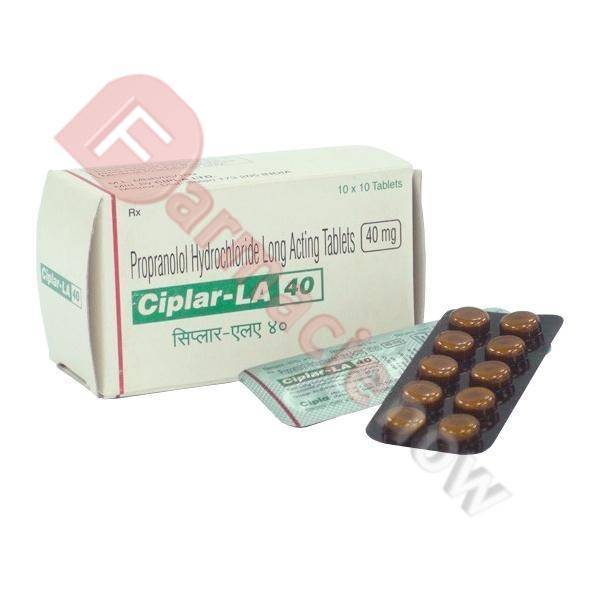 8
8 - Specialized substation No. 15
- Substation No. 17
- Substation No. 10
- TTsMK
- Mobile teams nine0015 Training Center
- Profile conference in Moscow
- St. Petersburg International Health Forum
- V-th All-Russian scientific and practical conference for paramedics of emergency medical care
- 21st All-Russian Congress "Ambulance"
- Medical offenses from the point of view of experts in the quality of medical care
- Anniversary All-Russian Congress "Ambulance"
- The National Medical Chamber launched a free legal education program for medical professionals
- L. M. Roshal congratulated his colleagues on the New Year
- 19th All-Russian Congress - All-Russian Scientific and Practical Conference "Emergency Medical Care - 2020" in online format
- All-Russian competition "Leader of quality in healthcare"
- All-Russian Olympiad in Healthcare Safety
- "Dzhanelidzevsky readings" online
- Letter from the National Medical Chamber
- Algorithms for providing emergency medical care outside a medical organization
- Criminal liability of medical workers
- St.
 Petersburg celebrates the Day of Medical Worker
Petersburg celebrates the Day of Medical Worker - Leonid Roshal: "I would cherish and cherish the existing ambulance service"
- How much does a fake call cost. Plot on 1tv.ru
- Save Private Doctor nine0015 Ministry of Health of Russia: ambulance officers are not required to wear shoe covers on call
 F. Bagnenko celebrates anniversary
F. Bagnenko celebrates anniversary  Petersburg
Petersburg 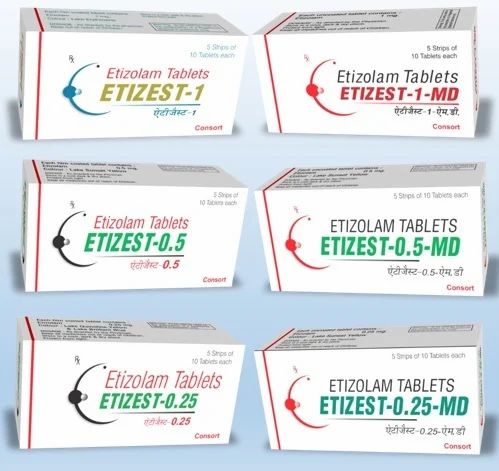 Petersburg turned 120 years old
Petersburg turned 120 years old  Petersburg City Ambulance Station told how the field team
Petersburg City Ambulance Station told how the field team 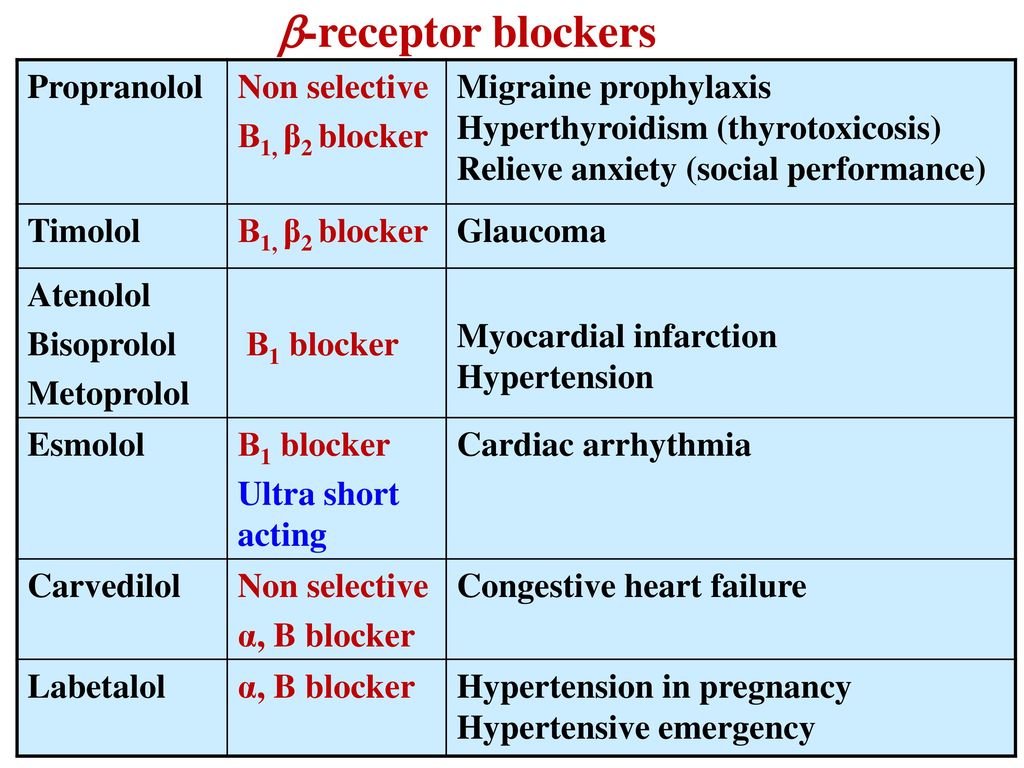 Petersburg family told how to live happily 29 years in marriage
Petersburg family told how to live happily 29 years in marriage 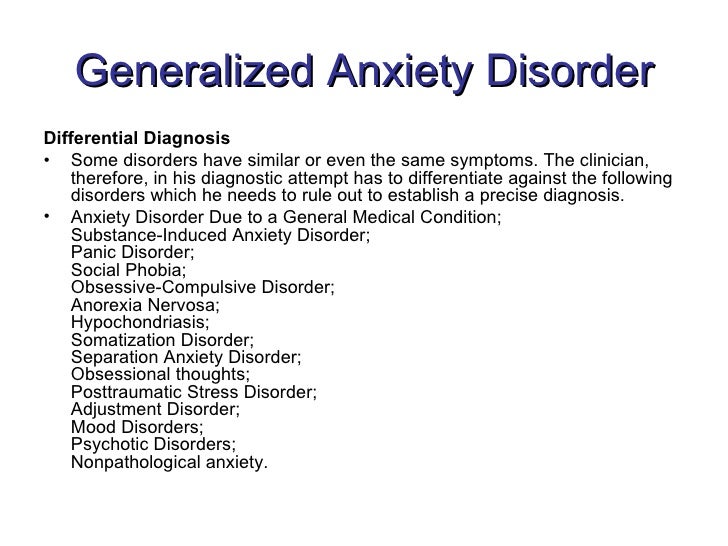
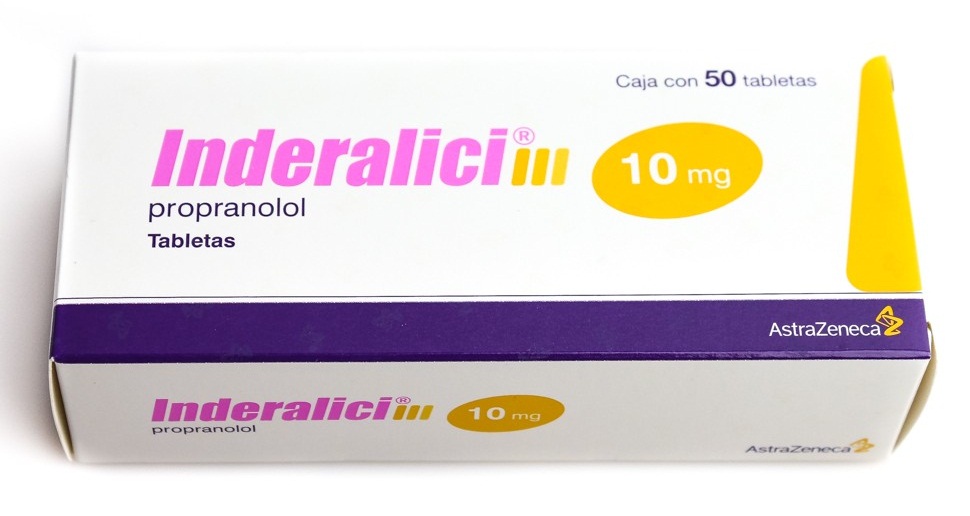 Petersburg ambulance brigade
Petersburg ambulance brigade 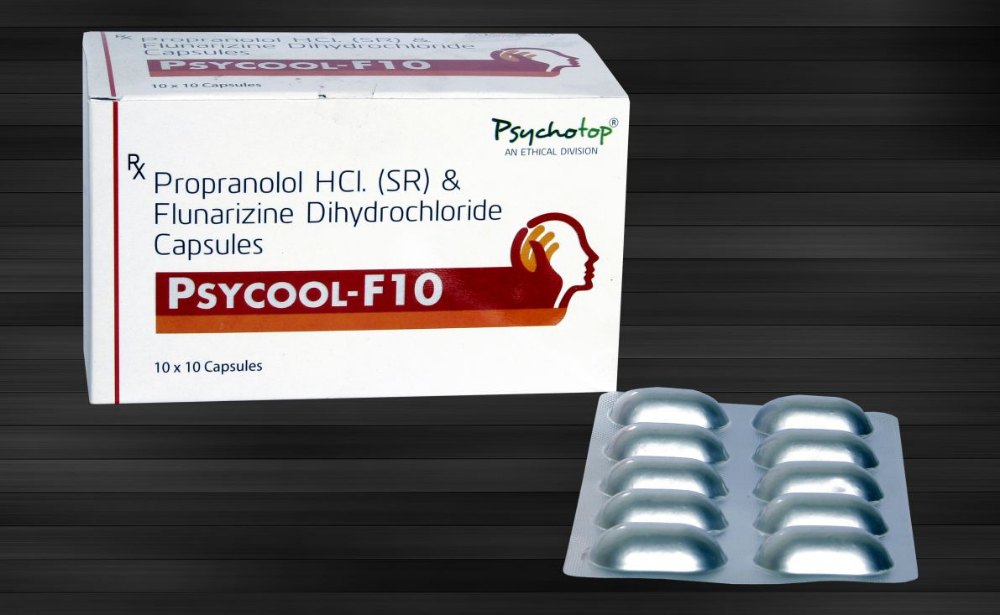 03/04/2017
03/04/2017 - City ambulance station
- Ambulance at polyclinics
- Trauma centers
- Stroke Signs and First Aid
- Loss of consciousness and breathing of the victim
- Care for a casualty with a foreign body in the upper respiratory tract
- Frequently Asked Questions
- Q&A
- Send message
- Questionnaire for assessing the quality of medical services
- Rights and obligations of citizens in the field of health care
- Patient's rights in CHI
- Useful infographics
- Vaccination against novel coronavirus infection COVID-19
- Rabies protection
- Measles
- Coronavirus prevention measures
- Prosecutor General's Office of the Russian Federation.
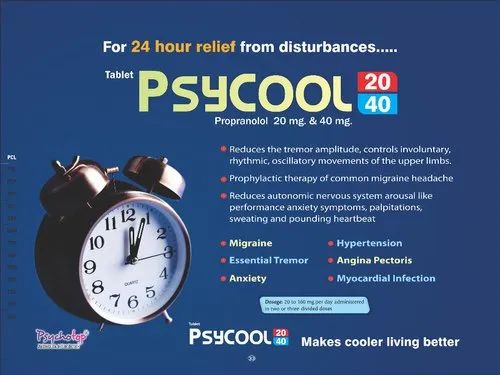 We are against corruption in healthcare!
We are against corruption in healthcare! - Guidelines
- CPR manual
- Apparatus
- Cardiographs
- General principles of ECG recording
- Alton-03
- Alton-106
- Defibrillators
- Safety
- Axion DKI-N-10
- Axion DKI-N-11
- Breathing equipment
- Safety equipment
- Basic formulas for calculating parameters
- ANpSP-01
- A-IVL/VVLp-3/30-A nine0015 A-IVL/VVL/VCh-4/40
- Nebulizer
- Cardiographs
- Manipulation
- Intubation
- Transport immobilization
- Evaluation of working conditions. List of positions. UT classes. 2021
- Orders of the Ministry of Health
- Orders GV
Didn't find it again? Use the search at the top of the site.
